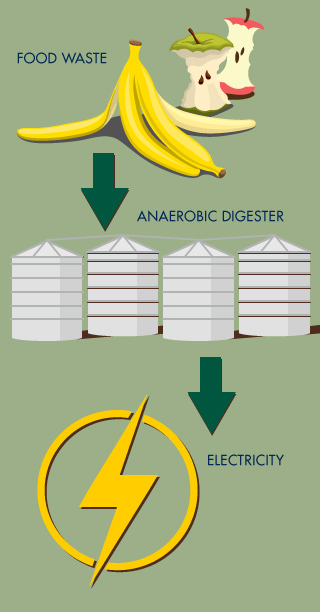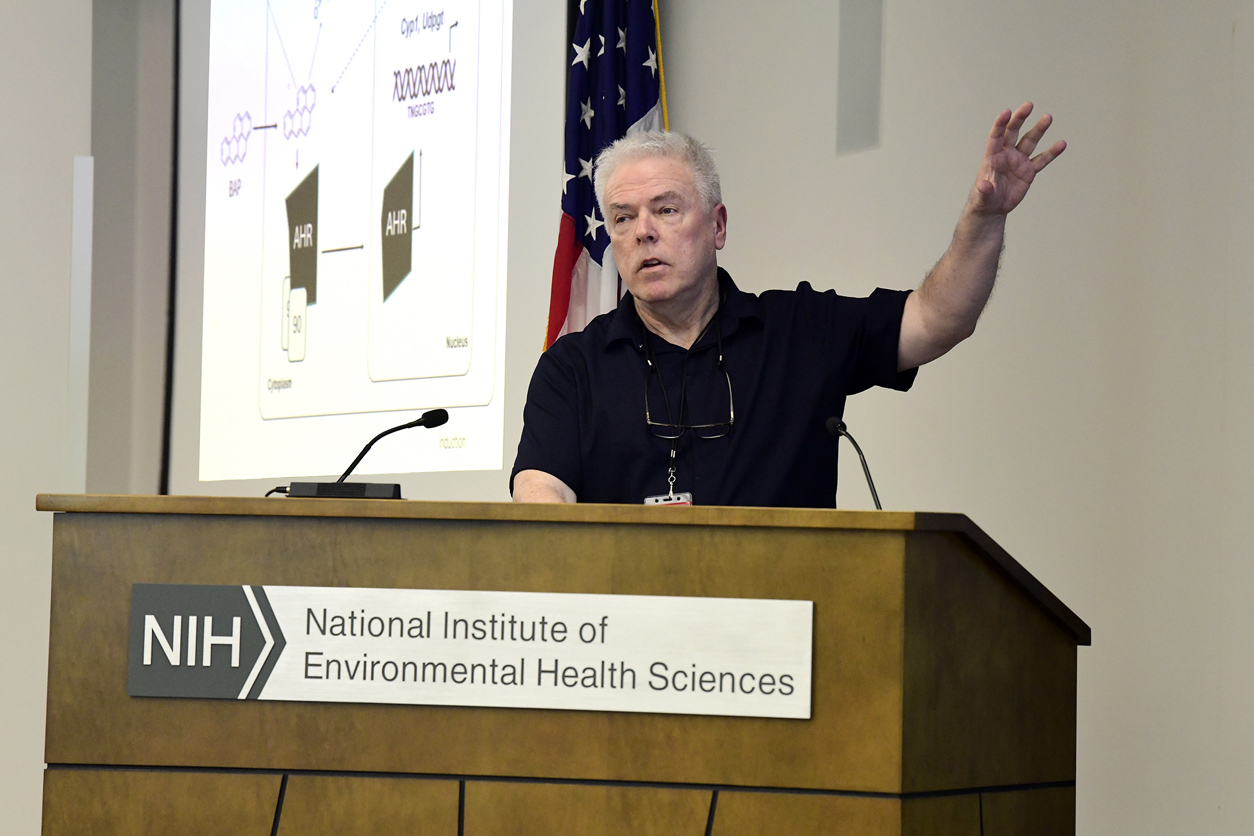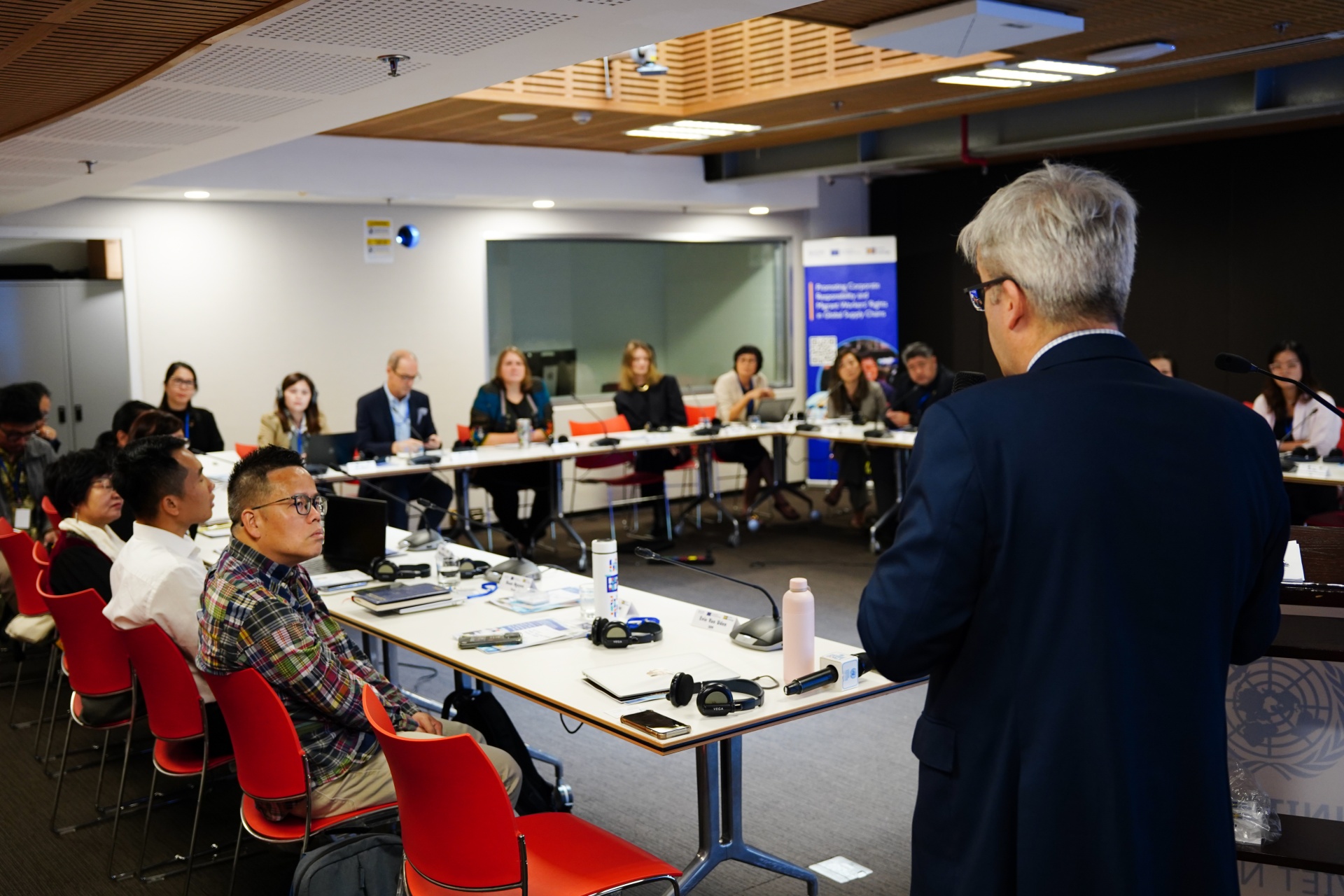Turning Food Scraps into Opportunities – UC Davis

Report on the University of California, Davis Agricultural Byproduct Database Initiative
Introduction: Aligning Agricultural Innovation with Sustainable Development Goals
A new digital tool developed by the University of California, Davis, aims to address significant challenges in food waste, directly contributing to the United Nations Sustainable Development Goals (SDGs). The Byproduct Database, an initiative of the AI Institute for Next Generation Food Systems, catalogs agricultural byproducts to foster innovative upcycling solutions. This report details the project’s objectives, scope, and its profound implications for achieving SDG 12 (Responsible Consumption and Production), SDG 2 (Zero Hunger), and SDG 9 (Industry, Innovation, and Infrastructure).
Project Overview and Contribution to SDG 12
The Byproduct Database: A Tool for Responsible Production
The core function of the Byproduct Database is to consolidate critical information on agricultural side streams, which are often overlooked and discarded. It addresses the global issue where approximately one-third of all food produced is wasted. By providing data on the composition, location, and availability of these materials, the tool supports a transition towards a circular economy, a key tenet of SDG 12.
- Objective: To transform agricultural “waste” into valuable resources for industries such as food, cosmetics, and pharmaceuticals.
- Mechanism: The database provides a centralized repository of information for entrepreneurs, producers, and researchers.
- Core Questions Addressed:
- What is the total volume of available byproduct material?
- What is the chemical and nutritional composition of these materials?
- Where and when are these byproducts available?
Addressing Food Loss and Fostering Innovation (SDG 2 & SDG 9)
Pilot Program and Upcycling Opportunities
The initial phase of the database focuses on four major California crops, demonstrating tangible pathways to reduce food loss and foster sustainable industrial innovation.
- Featured Crops: Tomatoes, almonds, pistachios, and pomegranates.
- Future Expansion: Plans are in place to include wine grapes, stone fruits, and citrus, with AI tools being developed to accelerate data integration.
Case Studies in Valorization:
The project highlights specific opportunities that align with SDG 9 by promoting resource-efficient industries and with SDG 2 by creating value from potential food sources.
- Pistachios: The database identifies discarded hulls and undersized nuts as significant, underutilized resources, creating potential for new market development.
- Tomatoes: Leftover tomato skins and pulp, rich in the antioxidant lycopene, can be upcycled into high-value health products, ensuring that the resources invested in cultivation are not wasted.
Economic and Environmental Impact
A Win-Win for Sustainability and Economic Growth
Upcycling agricultural byproducts presents a dual benefit. Economically, it creates new revenue streams for producers and entrepreneurs, supporting SDG 8 (Decent Work and Economic Growth). Environmentally, it ensures that the natural resources embedded in the food system are used efficiently, a direct contribution to SDG 12.2 (Sustainable Management and Efficient Use of Natural Resources) and SDG 13 (Climate Action).
- Resource Efficiency: Valorizing side streams means the water, fertilizer, and energy used in their cultivation are not expended in vain.
- Informed Decision-Making: The database will be enhanced with economic variables, including cost estimates and compound values (e.g., value of lycopene per milligram), to help users assess the financial viability of upcycling ventures.
Institutional Support and Future Outlook
Building Infrastructure for a Sustainable Food System
The project is supported by the Resnick Agricultural Innovation Research Fund, which is also funding the construction of the Resnick Center for Agricultural Innovation. This new facility will provide essential infrastructure, including space for biomass extraction, directly supporting the research and development necessary to achieve the project’s goals and advance SDG 9.
Conclusion
The Byproduct Database initiative represents a significant step towards creating a more creative, productive, and sustainable food system. By systematically identifying and creating value from agricultural waste, the project provides a practical framework for reducing food loss, promoting a circular economy, and making substantial contributions to multiple Sustainable Development Goals.
SDGs Addressed in the Article
SDG 12: Responsible Consumption and Production
- The article’s central theme is the reduction of food waste by finding new uses for agricultural byproducts. This directly aligns with promoting sustainable production patterns. The initiative described, the “Byproduct Database,” aims to transform waste into valuable resources, a core principle of responsible production. The article explicitly states that “one third of the food produced worldwide, doesn’t get eaten” and that the project helps “build a food system that wastes less and supports sustainability.”
SDG 9: Industry, Innovation, and Infrastructure
- The creation of the “online tool” or “Byproduct Database” is an example of innovation designed to make the agricultural and food processing industries more sustainable. The article highlights how this tool, along with “advanced extraction technology,” can help retrofit industries to be more resource-efficient by creating value from materials previously considered waste.
SDG 2: Zero Hunger
- By addressing food loss at the production and processing stages (“where food gets lost in the field and at the processing plant”), the initiative contributes to a more efficient and sustainable food system. Reducing post-harvest losses increases the overall productivity of agriculture, which is fundamental to ensuring food security and ending hunger.
SDG 8: Decent Work and Economic Growth
- The project aims to create economic value from waste, which can lead to economic growth. The article notes that the database is for “entrepreneurs who are looking for new business models in upcycling” and that it will help create “new revenue streams” for producers and growers, thus promoting economic productivity and diversification.
Specific SDG Targets Identified
SDG 12: Responsible Consumption and Production
- Target 12.3: By 2030, halve per capita global food waste at the retail and consumer levels and reduce food losses along production and supply chains, including post-harvest losses. The article directly addresses this by focusing on byproducts from major crops like tomatoes and almonds that are lost “in the field and at the processing plant,” which are forms of post-harvest and production loss.
- Target 12.5: By 2030, substantially reduce waste generation through prevention, reduction, recycling and reuse. The entire concept of “upcycling,” described as transforming “leftovers into new ingredients,” is a form of reuse and a direct strategy to reduce waste generation.
SDG 9: Industry, Innovation, and Infrastructure
- Target 9.4: By 2030, upgrade infrastructure and retrofit industries to make them sustainable, with increased resource-use efficiency and greater adoption of clean and environmentally sound technologies and industrial processes. The database is a tool that facilitates this by providing data to industries (food, cosmetics, pharmaceutical) to adopt processes that use byproducts, thereby increasing resource-use efficiency. The article states that upcycling ensures resources like “fertilizer, water and energy, were not wasted in vain.”
SDG 2: Zero Hunger
- Target 2.4: By 2030, ensure sustainable food production systems and implement resilient agricultural practices that increase productivity and production. The initiative promotes a more sustainable food production system by making it more productive and efficient, ensuring that the resources invested in growing food are not wasted.
Indicators for Measuring Progress
- Quantity of agricultural byproducts available for upcycling: The article implies this indicator as the database’s primary function is to answer, “How much of this material is out there?”. Tracking the volume (e.g., in tons) of materials like pistachio hulls or tomato pulp provides a baseline for measuring how much waste is being diverted.
- Composition and value of byproducts: The database details “what the various leftovers are made of” and will soon include “how much lycopene is in a byproduct, its value per milligram and the costs associated with extracting it.” These data points serve as indicators of the potential value that can be recovered from waste streams.
- Number of new business models or products developed: The article states the database’s primary user will be “entrepreneurs who are looking for new business models in upcycling.” An increase in the number of companies or products (e.g., cosmetics from tomato lycopene, new food ingredients from almond hulls) based on these byproducts would be a direct indicator of progress.
- Economic value generated from upcycled materials: The goal of creating “new revenue streams” for producers implies that a key indicator of success would be the total monetary value generated from the sale and processing of materials that were previously considered waste.
Summary Table of SDGs, Targets, and Indicators
| SDGs | Targets | Indicators |
|---|---|---|
| SDG 12: Responsible Consumption and Production | 12.3: By 2030, halve per capita global food waste at the retail and consumer levels and reduce food losses along production and supply chains, including post-harvest losses. | Quantity (in tons) of agricultural byproducts (e.g., tomato pulp, almond hulls) identified and diverted from waste streams. |
| SDG 12: Responsible Consumption and Production | 12.5: By 2030, substantially reduce waste generation through prevention, reduction, recycling and reuse. | Percentage of total agricultural byproducts that are successfully upcycled into new products. |
| SDG 9: Industry, Innovation, and Infrastructure | 9.4: By 2030, upgrade infrastructure and retrofit industries to make them sustainable, with increased resource-use efficiency… | Number of new businesses, industrial processes, or products created using the Byproduct Database and upcycled materials. |
| SDG 8: Decent Work and Economic Growth | 8.2: Achieve higher levels of economic productivity through diversification, technological upgrading and innovation… | Total economic value ($) generated from new revenue streams created by upcycling agricultural byproducts. |
Source: ucdavis.edu

What is Your Reaction?
 Like
0
Like
0
 Dislike
0
Dislike
0
 Love
0
Love
0
 Funny
0
Funny
0
 Angry
0
Angry
0
 Sad
0
Sad
0
 Wow
0
Wow
0
















































/environment-climate-change-and-health-(ech)/water-sanitation-hygiene-and-health-(wsh)/landfill-tuvalu-36092.tmb-1200v.jpg?sfvrsn=5c21fe40_1#)

.jpg.webp?itok=0ZsAnae9#)
























